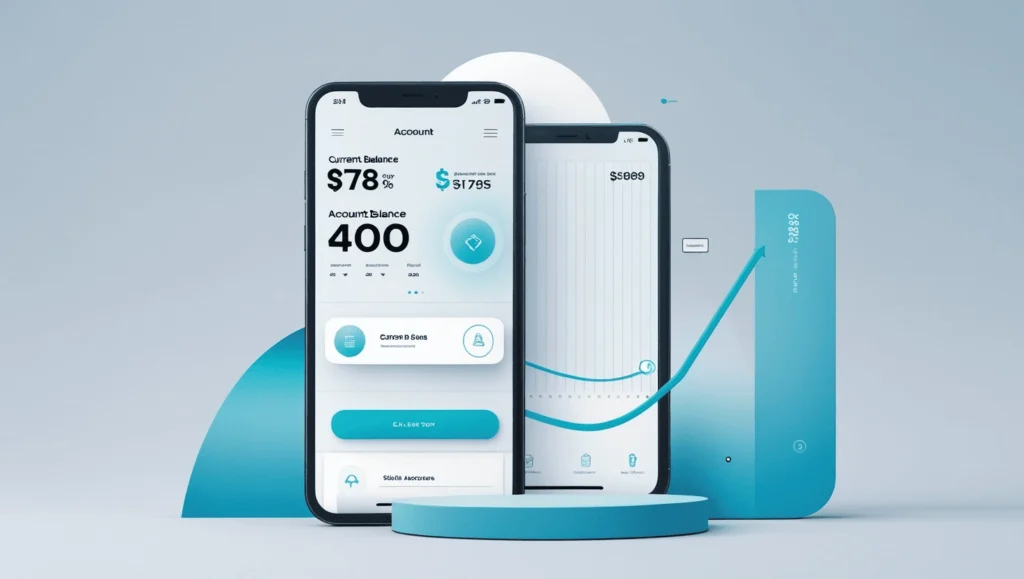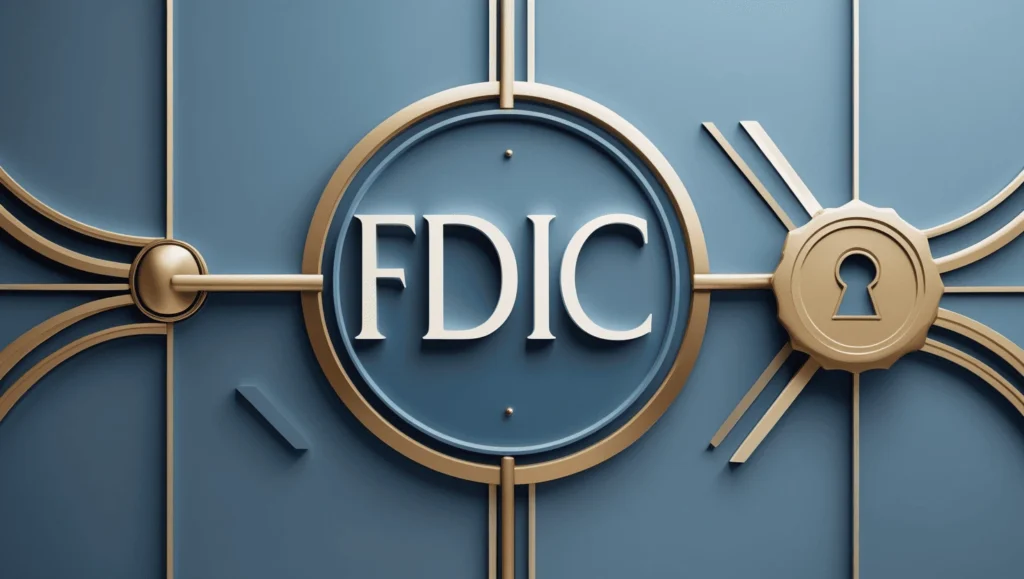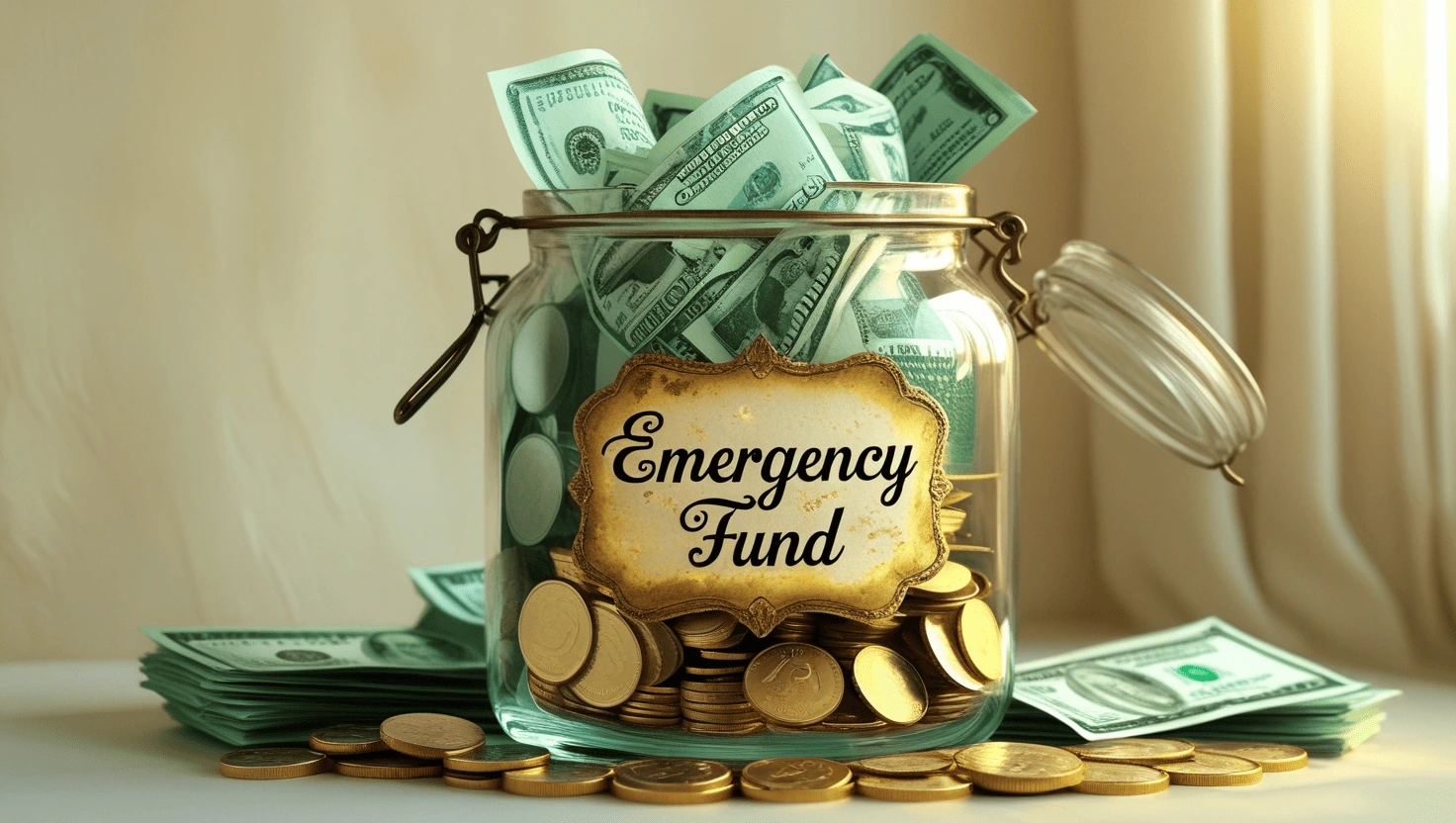High-yield savings accounts are an excellent way to earn more from your savings. These accounts offer significantly higher interest rates compared to traditional savings accounts, allowing you to grow your money faster. Many of these accounts are online-based, which helps banks reduce overhead costs and pass on those savings to you in the form of better rates. In today’s financial landscape, a high-yield savings account can be a smart choice for both short-term goals and long-term financial growth.
Why should you consider a high-yield savings account in 2025? The financial environment is changing, and high-yield accounts can help you combat inflation while growing your emergency fund or saving for specific goals like a down payment or vacation. Whether you’re just starting to save or looking for ways to maximize your existing savings, high-yield accounts provide a safe, reliable option with competitive interest rates.
To help you choose the right account for your needs, we’ll guide you through important factors to consider, such as interest rates, fees, and account features. Plus, we’ll review some of the top high-yield savings accounts available in 2025, comparing their offerings and helping you make an informed decision. Ready to start earning more from your savings? Keep reading!
What Are High-Yield Savings Accounts?
Definition of High-Yield Savings Accounts
A high-yield savings account is a type of savings vehicle that provides an interest rate significantly higher than that of standard savings accounts. Generally, these rates surpass the national average, allowing your funds to grow at a quicker pace. Financial institutions that provide high-yield accounts often do so by minimizing operational expenses, which allows them to offer enhanced returns for their clients. In 2025, you can typically expect a high-yield savings account to deliver an annual percentage yield (APY) of 3% or greater, although rates may vary depending on the economic landscape.
How They Differ from Traditional Savings Accounts
The primary distinction between high-yield savings accounts and traditional savings accounts lies in the interest rate. Traditional savings accounts typically provide lower rates, frequently under 1%, whereas high-yield savings accounts deliver significantly better returns. Many of these high-yield options are available through online banks, which benefit from reduced expenses associated with maintaining physical branches. This reduction in costs enables them to offer more competitive interest rates. In contrast, traditional savings accounts are commonly provided by brick-and-mortar banks, which generally face higher overhead costs that result in lower rates for consumers.
Key Features of High-Yield Savings Accounts
High-yield savings accounts come with several notable features that make them attractive to savers.
- High interest rates: The primary draw of these accounts is the competitive interest rates. A higher APY means your money earns more over time.
- FDIC insurance: Like traditional savings accounts, high-yield savings accounts are typically insured by the Federal Deposit Insurance Corporation (FDIC) up to $250,000 per depositor, per bank. This ensures that your money is safe, even in the unlikely event that the bank fails.
- Online access and ease of use: Most high-yield savings accounts are offered by online banks, which makes managing your account simple. You can access your account anytime, anywhere, through a mobile app or website. Many of these banks also offer features like automatic transfers and easy linking to other accounts.
For more information on choosing a high-yield savings account in 2025, visit this guide on finding the best high-yield savings accounts.

Why Choose a High-Yield Savings Account in 2025?
In 2025, a high-yield savings account offers several compelling benefits. These accounts are becoming increasingly popular, especially in the current economic climate. As interest rates rise and inflation persists, high-yield savings accounts provide a unique opportunity to grow your savings with relatively low risk.
Earn Competitive Interest Income
One of the main reasons to choose a high-yield savings account is the potential for earning a competitive interest rate. In recent years, interest rates have been improving, partly in response to economic shifts. As central banks raise interest rates to combat inflation, high-yield savings accounts have followed suit. This means you can earn a better return on your savings compared to traditional savings accounts, which typically offer lower rates. By placing your money in a high-yield savings account, you can make the most of the higher rates available in 2025.
Combat Inflation
Another key benefit is how high-yield savings accounts can help combat inflation. Inflation reduces the purchasing power of your money, making goods and services more expensive over time. While inflation can erode the value of your cash, high-yield savings accounts offer a safer and more flexible way to protect your savings. Unlike higher-risk investments like stocks, which can be volatile, a high-yield savings account provides a stable and secure option. The higher interest rates offered in 2025 make these accounts even more effective at counteracting inflation and growing your savings at a faster pace than traditional accounts.
In summary, choosing a high-yield savings account in 2025 is a smart decision for anyone looking to earn more interest on their savings while minimizing risk. As interest rates rise and inflation continues to impact purchasing power, high-yield savings accounts provide a safe, reliable option for growing your wealth.

Factors to Consider When Choosing a High-Yield Savings Account
When selecting a high-yield savings account, it’s important to evaluate several key factors that can impact your savings experience. These factors will help you find an account that meets your financial goals and offers the best benefits. Below are the key elements to consider:
1. Interest Rate (APY)
The interest rate, also known as the Annual Percentage Yield (APY), is one of the most critical factors. This is the rate at which your savings will grow over a year. Higher APYs mean your money will earn more interest. However, rates can fluctuate over time based on economic conditions. It’s essential to compare the current top rates to ensure you’re getting a competitive return. Keep in mind that some banks may offer introductory rates, so always check how long the rate is guaranteed before it adjusts. To stay on top of changing rates, consider visiting comparison websites or checking current rates from trusted financial institutions like Ally Bank or Discover Bank.
2. Fees
Many high-yield savings accounts are designed to be low-cost or free, but some may come with hidden fees. These can eat into your savings over time. Look for accounts that have no monthly maintenance fees or minimum balance requirements. Also, be aware of other potential fees, such as those for ATM withdrawals, paper statements, or excessive transactions. Finding an account with minimal fees will ensure you’re not losing out on your hard-earned interest. It’s important to read the fine print and fully understand any fees that could apply to your account.
3. Account Features
The features of a high-yield savings account are just as important as the interest rate. These features can include online banking access, mobile apps, ATM availability, and customer service quality. Some accounts offer mobile check deposits or the ability to transfer funds easily between accounts. A visual comparison of major banks’ account features can help you decide which is the most user-friendly and convenient. Additionally, look for accounts with robust customer support options, such as chat or phone assistance, in case you need help managing your account.
4. FDIC Insurance
FDIC insurance protects your deposits in the event of a bank failure, ensuring that your savings are safe. Each depositor is insured up to $250,000 per account holder, per bank. When choosing a high-yield savings account, ensure that the bank is FDIC-insured. This provides peace of mind, knowing that your money is protected, even in uncertain financial times. Most reputable banks, such as Citibank or Capital One, offer FDIC insurance as part of their savings products.
Actionable Checklist:
- Compare Interest Rates (APY): Look for the best current rates and consider how they may change over time.
- Look for No Fees: Choose an account with no monthly fees, no minimum balance, and minimal hidden fees.
- Check Account Features: Review mobile and online banking features, ATM access, and customer service.
- Confirm FDIC Insurance: Ensure the account is insured by the FDIC for added security.
By considering these factors, you can make an informed decision when choosing the best high-yield savings account for 2025. Each factor plays a significant role in your ability to maximize your savings and meet your financial goals.

Top High-Yield Savings Accounts in 2025
When choosing a high-yield savings account, it’s essential to compare rates, fees, and account features. Below is a table highlighting some of the top high-yield savings accounts for 2025. Each bank offers unique perks that may suit different financial goals. Take note of key differences like interest rates, minimum deposits, and extra features like ATM access or sign-up bonuses. Understanding these factors will help you make an informed decision about where to keep your savings.
| Ally Bank | 4.50% | $0 | No fees | No monthly fees, easy mobile app, 24/7 customer support |
| Discover Bank | 4.40% | $0 | No fees | No minimum balance requirement, excellent mobile access |
| CIT Bank | 4.35% | $100 | No fees | Higher interest with a small minimum deposit |
| Marcus by Goldman Sachs | 4.30% | $0 | No fees | Simple, straightforward, and competitive rates |
| American Express Bank | 4.25% | $0 | No fees | Strong mobile platform, easy online access |
Each of these banks offers competitive interest rates and no fees, which is crucial for growing your savings without unnecessary costs. However, some banks may have different requirements, such as a minimum deposit. For instance, CIT Bank requires a $100 deposit to start earning interest, while others, like Ally Bank, do not have a minimum deposit.
Pros and Cons
- Ally Bank:
Pros: No fees, competitive rate, excellent mobile app
Cons: Limited ATM access compared to some other options - Discover Bank:
Pros: High interest rate with no minimum deposit, great customer service
Cons: May have limited branch access for some customers - CIT Bank:
Pros: Higher interest rate with a modest minimum deposit
Cons: Requires an initial deposit, which might not be ideal for everyone - Marcus by Goldman Sachs:
Pros: Easy to use, competitive rate
Cons: No ATM access, fewer perks than some other options - American Express Bank:
Pros: High interest rate, strong mobile features
Cons: Limited physical branch locations
Consider the trade-offs when choosing the right high-yield savings account for you. Some accounts may offer better rates, while others provide features like convenient access to ATMs or more flexibility in deposit requirements. By comparing these factors, you can select the account that best fits your needs and helps you reach your savings goals faster.
To explore more options and get the latest updates on high-yield savings accounts for 2025, check out our comparison tools here or visit the individual bank websites.
Maximizing Your Savings
When it comes to high-yield savings accounts, you want to do more than just park your money. Maximizing your savings involves smart strategies that help you grow your funds efficiently and reach your financial goals faster. Here are some actionable tips to help you get the most out of your account.
Regular Contributions
One of the easiest ways to grow your savings is by making regular contributions. Automating your deposits ensures consistent growth without you having to think about it. Set up recurring transfers from your checking account to your high-yield savings account. Even small amounts can add up over time. Plus, automation helps you stay disciplined with your savings, so you don’t skip a month.
Increase Contribution Amounts
As your income grows or you reduce expenses, consider increasing your savings contributions. Increasing your deposit amount can accelerate your progress toward your goals. For example, if you receive a raise at work or cut back on discretionary spending, channel that extra money into your high-yield savings account. Even a small increase in your contributions can make a significant difference over time.
Consider the “Rule of 72”
The “Rule of 72” is a simple way to estimate how long it will take for your savings to double. To use this rule, divide 72 by your account’s annual percentage yield (APY). For example, if you have an APY of 3%, divide 72 by 3, and it will take approximately 24 years for your savings to double. This rule helps you understand the power of compound interest and why choosing a high-yield savings account is important for growing your savings.
Utilize Bonuses and Promotions
Many banks offer bonuses or promotional rates to attract new customers. These can give your savings an instant boost. Look for high-yield savings accounts that offer cash rewards for opening an account or maintaining a certain balance. Some banks also offer higher introductory rates for the first few months, which can give your savings an extra kick. Always check for these opportunities to maximize your earnings.
By implementing these strategies, you can make the most out of your high-yield savings account. Regular contributions, increasing your deposit amounts, using the “Rule of 72,” and taking advantage of bonuses can help you reach your financial goals faster. Don’t forget to regularly review your account and stay informed about the best high-yield savings accounts for 2025. You can compare different accounts and rates through resources like NerdWallet to ensure you’re getting the best deal available.







Leave a Reply